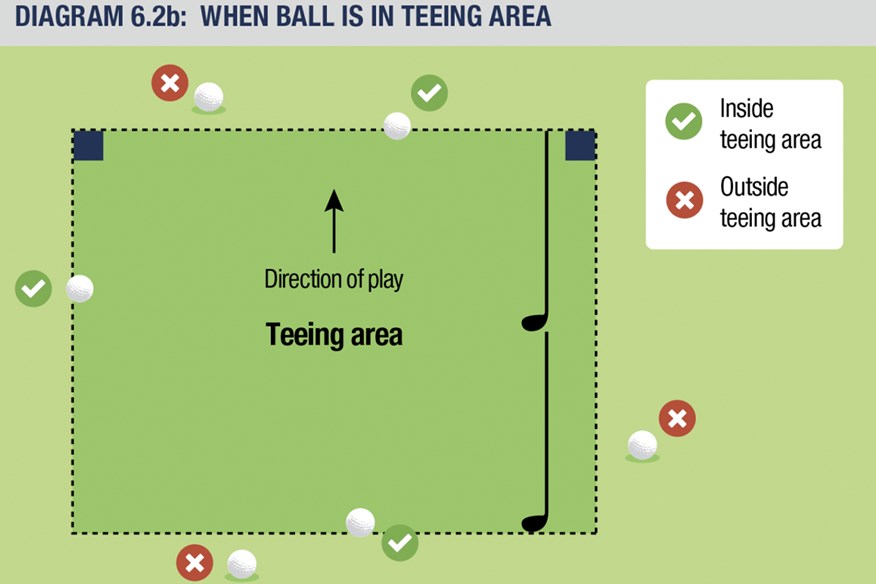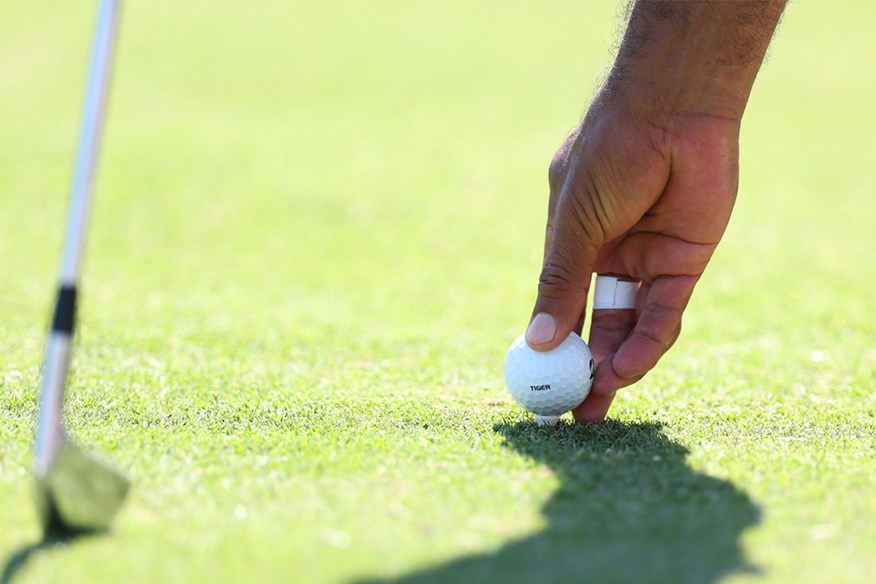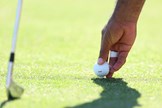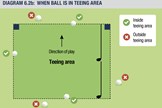The little-known golf rule that lets you tee up your SECOND shot
Last updated:
Completely mishit your drive? A little-known rule means you might get to tee it up again – here’s how it works and why it could save your scorecard.
We’ve all been there. You step onto the tee ready to launch one miles… and then the unthinkable happens.
A topped drive that dribbles a few feet. A near-whiff that barely kisses the ball. Or you smash your ball into something in front of you and watch it ricochet back towards your feet, ending up further from the hole than when you started.
You’ve made no forward progress, your friends are laughing, and now you’re staring down your next shot from the tight lie of a tee box – fearing the embarrassment of taking a chunky divot out of it.
It’s hard to find a silver lining in this nightmare scenario… but there is a rule that might just save you.
Rule 6.2b(6) – your tee box safety net
Buried in the Rules of Golf is Rule 6.2b (6), and it’s a beauty.
If your ball is still in the teeing area after a stroke, you can pick it up, stick it back on a tee, and go again. No penalty. The first shot still counts – but at least your second is coming off a nice, teed-up lie instead of straight off the turf.
Here’s the official bit:
If the player’s ball in play is in the teeing area after a stroke (such as a teed ball after a stroke that missed the ball) or after taking relief, the player may:
- Lift or move the ball without penalty (see Rule 9.4b, Exception 1), and
- Play that ball or another ball from anywhere in the teeing area from a tee or the ground under (2), including playing the ball as it lies.
Rule 9.4b Exception 1 simply means you’re allowed to lift or move your ball as part of this rule.
“Teeing area” doesn’t mean the whole tee box
One important thing to note is that the “teeing area” doesn’t mean the entire tee box.
It’s an area defined by:
- Width: between the two tee markers
- Depth: up to two club lengths behind them

If your ball finishes inside that rectangle, you can tee it up again. If it’s outside – even if it’s on the tee box – you have to play it where it lies.
So if you’re prone to topping it just a yard forward, it might be worth teeing your ball up a little further back to keep that re-tee option alive.
Why this rule is worth knowing
This isn’t about turning a bad drive into a birdie chance – it’s about damage control. A fresh ball on a tee is always going to give you a better chance of recovering than trying to sweep it off the ground.
So next time your opening shot goes nowhere, don’t panic. Take a breath, remember Rule 6.2b (6), and give yourself the best chance with your second. Sure, your playing partners will still laugh – but at least you have the best possible chance of avoiding further embarrassment.


